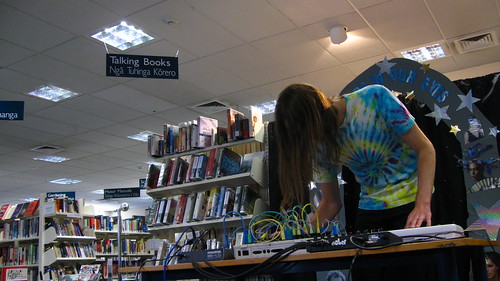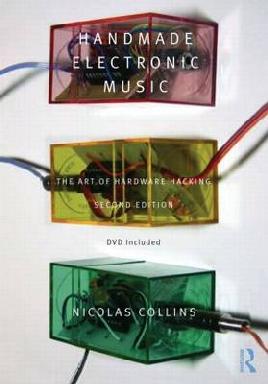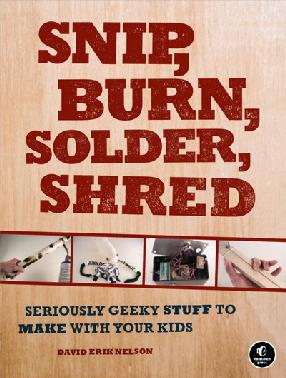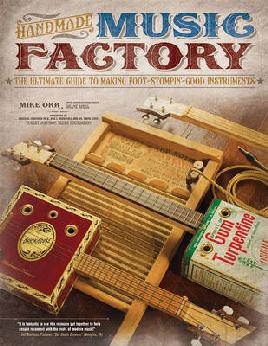Experimental musicians love their self created instruments. I once listened to a composer on National Radio describing how he used all the glasses in his house to create three octaves of notes which he then used to create a fragile sounding theme for a composition.
However, long before the experimental movement, making your own instrument already had a long history, especially among the marginalised and repressed. Wash boards, jugs and homemade percussion instruments spring to mind.
Dictatorships are famous for banning music of various kinds - for example Cuba's Castro has made a habit of this throughout his rule. These days they apparently get around it by swapping flash drives. In the past it was done by inventing new instruments. In Peru for example, a percussion instrument called the Cajon is popularly thought to have been invented when African slave drums were outlawed. The same thing has been repeated in many other places around the world.
Early blues musicians often made their instruments from whatever was at hand because they couldn’t afford to buy them. Cigarbox guitars are a wonderful example of what can eventually evolve from using what is at hand.
You can try your hand at doing the same thing with the help of the many books in our collection on making your own musical instruments. It is a fun activity to do with the kids and a great outlet for your creativity.

Adam Willetts live at Shirley Library, 2009. Flickr CCL-SH-2009-06-30-IMG_2538






Add a comment to: Make your own New Zealand music